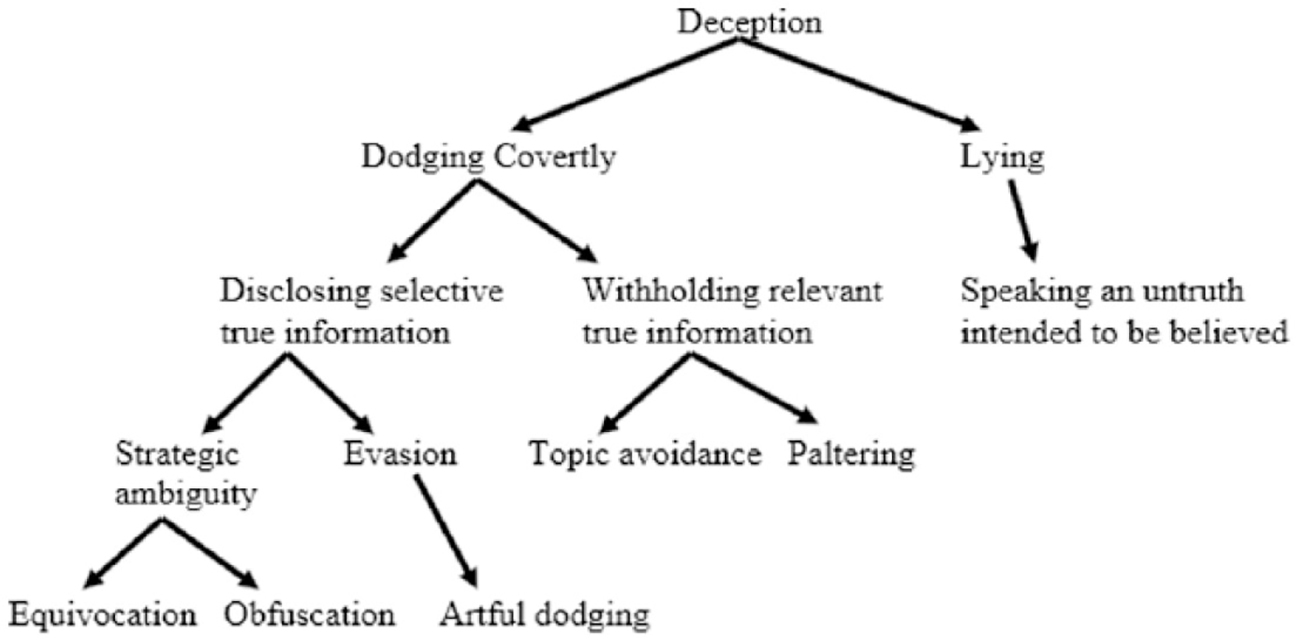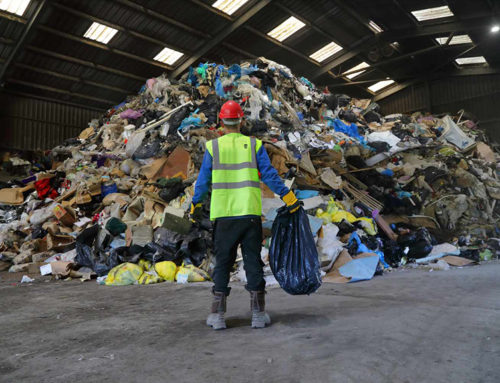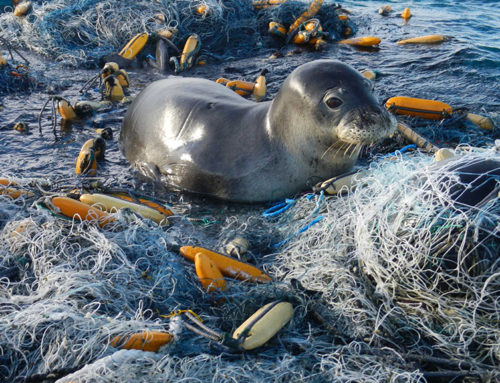In recent years, the fashion industry has faced mounting pressure to address sustainability concerns and environmental impacts. However, a new and subtle threat has emerged within this quest for corporate social responsibility (CSR) — the little-known practice of “paltering.” This article explores how two professors from the University of Rhode Island uncovered the phenomenon and its implications for the fashion industry.
“Paltering is the active use of truthful but misleading statements along with non-disclosures to create confusion and imply a corporate image that consumers want to see,” explains Saheli Goswami, an assistant professor in Textiles, Fashion Merchandising, and Design at the University of Rhode Island. Unlike outright lies, paltering relies on truths, making it immune to legal repercussions, and complicating consumer recognition.
Goswami, along with co-author Geetika Jaiswal of North Carolina A&T State University, delved into the incidence of paltering among fashion brands and its impact on consumer brand loyalty. Their findings, presented in a paper titled “Lying by telling the truth: The risks of deception by paltering and hypocrisy in corporate social responsibilities context,” shed light on a growing concern in the industry.
Having worked in the leather and apparel industry in India, Goswami brought real-world experience to academia, focusing on sustainability, climate change, and corporate ethics. The fashion industry’s notorious impact on sustainability fueled her interest in corporate social responsibility, a topic she believes is particularly relevant to fashion.

During their research, Goswami and Jaiswal discovered instances of fashion companies using paltering to create an illusion of corporate social responsibility. From generic facts about natural materials concealing synthetic use to overwhelming marketing campaigns with vague information, paltering has become a somewhat new but pervasive marketing strategy.
Paltering distinguishes itself from traditional deceptive practices like “greenwashing” and “bluewashing” through its active use of truthful statements to mislead. It takes the strengths of these approaches a step further, posing a unique challenge for both consumers and scholars to identify and predict its impact.
The researchers shifted their focus on paltering after a class discussion revealed a stark disconnect. Students cited examples of fashion brands being responsible with CSR goals, unaware that these same companies were using paltering. This realization prompted a new perspective on the impact of paltering on consumer behavior.
To study consumer responses, the researchers conducted an experiment with fictitious fashion brands, using paltered marketing to promote CSR goals. The results were striking — consumers actively dissociated from the brands, perceiving them as hypocritical and negatively impacting their relationship, reputation, and intent to purchase.
This pivotal research not only uncovered the prevalence of paltering but also shed light on the profound impact it has on consumer behavior. As the experiment unfolded, consumers demonstrated a heightened sense of discernment, actively seeking authenticity and transparency in the marketing claims of fashion brands. The deceptive practices not only eroded trust but also instigated a ripple effect, prompting consumers to question the integrity of the entire industry. This growing skepticism has become a catalyst for change, signaling a demand for a paradigm shift in the way fashion brands communicate their commitment to sustainability. The study serves as a poignant reminder that, in an era where consumers are increasingly conscious and discerning, the road to genuine corporate social responsibility demands unwavering transparency, ethical practices, and a sincere commitment to environmental stewardship.
Goswami and Jaiswal hope their study serves as a wake-up call for both companies and consumers. Businesses are urged to rethink how they present accurate CSR information, emphasizing transparency and authenticity. Consumers, in turn, are encouraged to actively engage, critically assess information, and support sustainability by making informed choices.
In the face of the paltering paradox, the fashion industry stands at a crossroads, challenging its commitment to true corporate social responsibility and urging consumers to become vigilant advocates for a genuinely sustainable future.






